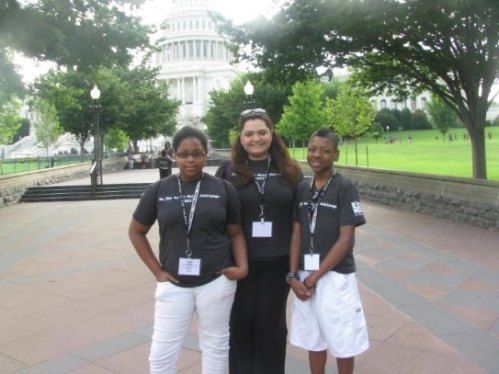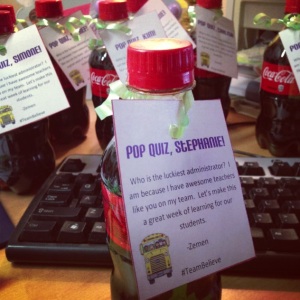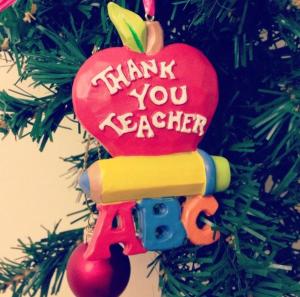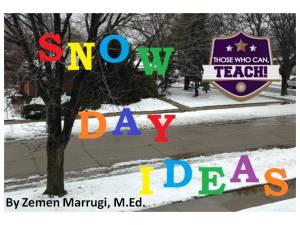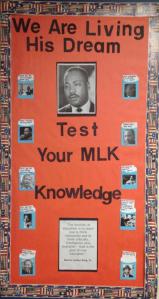By Zemen Marrugi, M.Ed.
A story’s genre identifies what type of story you are reading, all based on who the characters are and their actions. With that being said, teaching students about the different type of genres can be very confusing. I recommend breaking down the genre categories by Fiction and Non-Fiction. First, I like to teach all of the fiction subgenres since most students will be familiar with the examples I will use like fairytale, mystery, and science fiction. The scaffolding aspect of teaching is always important so since the students are able to connect the new information to prior knowledge, the lesson will run smoother if you start with something they have already mastered.
After the students learn the fiction subgenres, you can then move on to the non-fiction subgenres. Remember to go back and re-teach the previous information throughout the year to make sure they have learned the content and are able to retain the information.
Here are other ways of teaching genres:
1) Book Excerpt Sample: Use excerpts from a variety of different books and have students guess what genre each entry represents. Most importantly, students should be able to example why each book belongs to a specific genre.
2) Book Categories: Students can organize the classroom library by genres.
3) Book Reports: Students can be assigned to do book reports on themed genres. You can assign a different genre every week.
Feel free to print the attached Genre Poster I created for my students as an additional classroom resource. This post includes a list of all fictional and non-fictional subgenres, along with a desciption of each genres.

Fiction
Realistic Fiction
Science Fiction
Historical Fiction
Fantasy
Mystery
Drama
Folklore (Traditional Literature)
- Fable
- Fairytale
- Tall tale
- Myth
- Legend
Non-Fiction
Information Text
- Pamphlets
- Brochures
- Flyers
- School textbooks/workbooks
- Guides
- Booklets
- Notes
- Advice column
- Newspaper Editorials
Biography
Autobiography
Essay
Persuasive Writing
Speech
Genre Descriptions
1) Genre: A genre is the type of story you are reading, all based on who the characters are, the setting, and the characters’ actions during the story.
2) Realistic Fiction: A realistic fiction story is one that can actually happened in real life, but the characters are make-believe.
Ex: Junie B. Jones
3) Historical Fiction: A historical fiction story is one that is set during a historical event from the past, but the characters are not real. The characters of historical fiction stories behave and dress just as people would have from that time period.
Ex: Number the Stars
4) Autobiography: An autobiography is a personal narrative that a person writes about his/her life. Note that the prefix ‘auto’ means self.
Ex: Diary of Anne Frank
5) Biography: A biography is a story about a person’s life written by another person.
Ex: The Life of Frederick Douglas
6) Science Fiction (Sci-Fi): Science fictional stories are based on the just that-science! These are stories that take place on other planets, involve futuristic weapons, aliens, and advanced machinery.
Ex: The movie ‘Back to the Future’
7) Mystery: The genre of mystery is fictional and revolves around solving some type of crime where the reader is encouraged to put together clues based on what is being read.
Ex: Sherlock Holmes
8) Fairytale: Fairytale are stories that are told to younger children that include magical creatures and fairies. The Brothers Grimm were two German brothers that collected a ton of different folklore stories centuries ago and recorded stories that were only shared verbally. The theme of number three sometimes reappears throughout fairytales. (3 sisters, 3 pigs, 3 musketeers, etc.)
Ex: Cinderella
9) Legend: A legend is a story that explains why certain things have come to be the way they are today, all based on information that is passed down by generations. At times, these stories can revolve on a folklore hero.
Ex: Robin Hood
10) Myth: Mythology is a symbolic genre that uses gods and goddess to deliver the meaning behind natural events. Some characters are based on real historical figures.
Ex: Hercules
11) Poetry: Poetry is a form of rhythmic writing that is meant to be represented artistically and draws a passionate response from the audience. Examples can include slam poetry, comedy, drama, epic, sonnet, erotic, nonsense, lyric, mythopoeia, romance, satire, tragedy and tragicomedy.
Ex: Works by Maya Angelo
12) Drama: The genre of drama includes plays that are made to be performed in front of a live audience with the use of dialogue between characters.
Ex: Shakespeare Plays
13) Fable: Fables are stories that are meant to teach a moral lesson, highlighting the difference between right and wrong.
Ex: The Ugly Duckling
14) Horror: Horror stories are fictional and are meant to scare the reader through suspense and creepy scenes.
Ex: Freddy vs. Jason
15) Humor: Stories that fall in the humor genre are fictional and are meant to make the reader laugh. This genre can also be a subgenre in all of the other genres. For example, a character in a mystery book can say a joke that is meant to make the reader laugh.
Ex: Diary of a Wimpy Kid
16) Tall Tale: Tall tales are funny stories that include exaggerated behavior where the character becomes a hero without really trying because the powers come naturally.
Ex: Paul Bunyan
17) Speech: A speech is a public address meant to be recited in front of a live audience.
Ex: “I have a dream” by Dr. Martin Luther King, Jr.
18) Essay: An essay is a short fictional or non-fictional writing that mirrors the author’s outlook or point of view on an issue.
Ex: “Self-Reliance” by Ralph Waldo Emerson
19) Folklore: The reasons behind the everyday norm that people have come to expect to be a part of their lives. Folklore explains why people do the tings they do because it is the study of people and their everyday lives.
Ex: Detroit’s folklore about hanging shoes from street lights
2o) Fantasy: A fantasy is a story that cannot take place in the real world because in most cases, the location does not exist in the real world. These examples include Middle Earth and Narnia. The problems the characters go through are sometimes not similar to issues people go through in the real world like rescuing a princess.
Ex: The Lord of the Rings
Share this information with other teachers:
